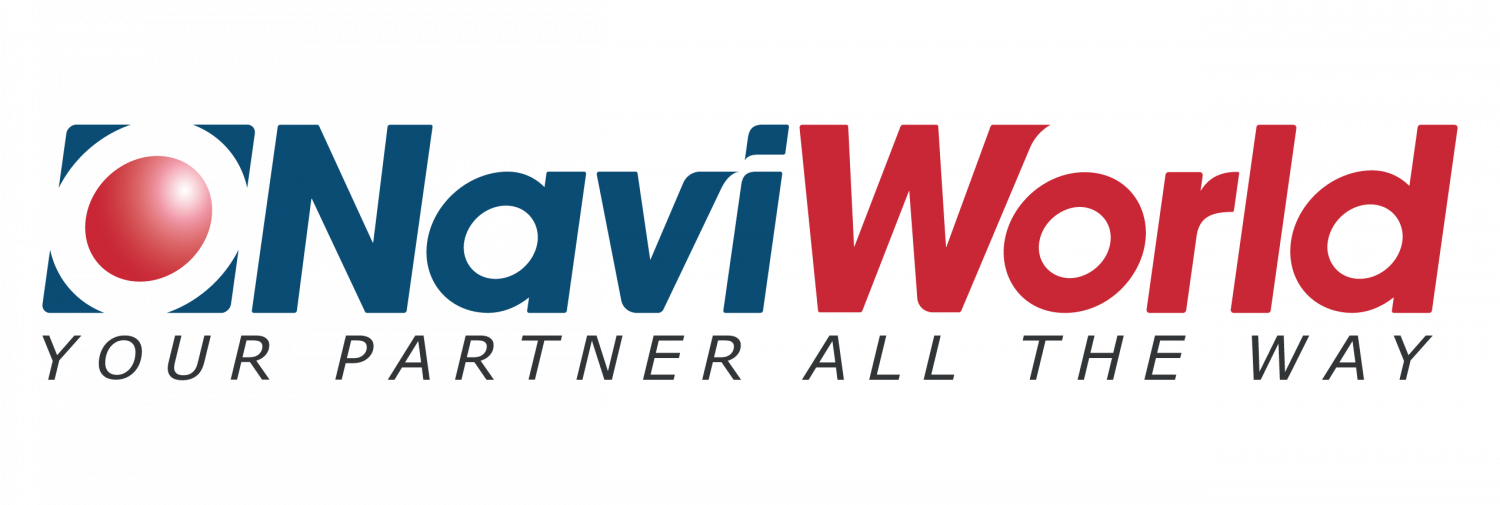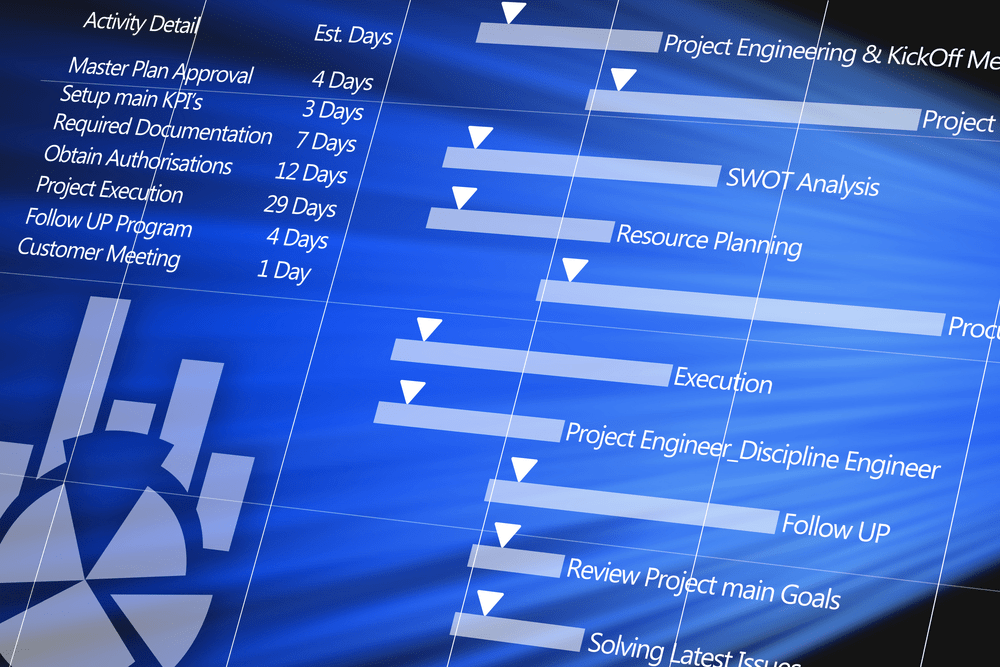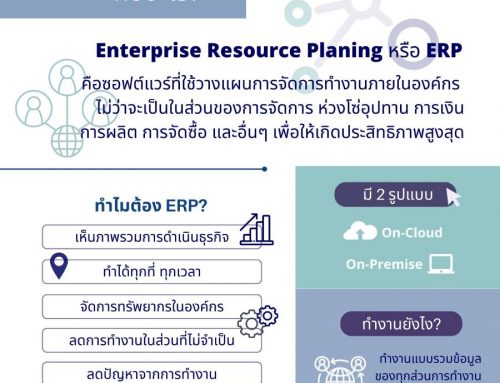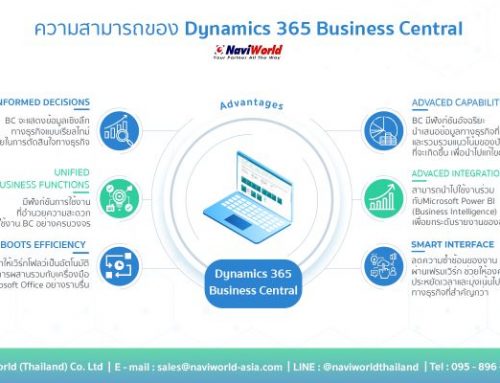Implementation of Enterprise Resource Planning (ERP) systems for businesses, big or small, is costly. Naturally, as a business owner, you would definitely like to know if ERP is really improving business operations and increasing productivity, output or revenue and if the money spent for implementation is ultimately worth the while. But how can we quantify the success of ERP implementation accurately?
Read on to find out how we can measure the success of ERP implementation through Key Performance Indicators (KPIs).
1. Reduced Downtime
One of the many perks of ERP implementation is an overall reduction in downtime and turnaround time for business operations. The lesser downtime involved means more time for making profits and vice versa. To ensure that your ERP is working properly as it should, keep an eye on the periods and lengths of downtime and keep track of it to know if it has reduced from before ERP was implemented.
In the case where downtime is still significant, sieve out performance glitches that might be recurring to cause your ERP to underperform.
2. Accuracy of Demand Forecasting
A key function of ERP is to predict your business’ needs for restocking or purchase of materials or ingredients before they run out, in order to reduce downtime in the event of stocks becoming unavailable when they are needed. Check if these predictions have been accurate since ERP was implemented and if there have been any improvements before and after implementation. The more accurate the numbers have been since implementation, the more successful your ERP implementation is.
3. Improved Customer Experience
Through ERP implementation, customer experience can be greatly improved in many ways. Find out if your ERP is doing so by measuring and comparing customer-related KPIs from before and after ERP implementation. KPIs to look out for include the consistency of service, rate of order fulfilment, customer response rate, shipping speed and consistency of service from staff. You can also keep a lookout for customer retention rate and the number of customers gained in the long run to ensure that the ERP still works for you to improve customer satisfaction.
4. Accurate Real-Time Data
Efficient ERP systems and software enable management level staff to view real-time inventory information and stock levels at a glance. On top of inventory management, your staff can also track order fulfilment processes and know for example, which orders have been packed but not shipped, and which orders have been packed and shipped. A simple way to know if your ERP is working correctly to show accurate data would be to tally data shown on the interface by checking with order recipients or by doing a quick stock count.
5. Growth in Revenue
Statistically speaking, as a reliable ERP system streamlines your business operation processes, enables staff to be more efficient, increases customer satisfaction rate and allows your business to take on more orders and close more sales, revenue should increase gradually. In the long term, you will be able to see a growth in revenue once the ERP is working successfully and remains stable. Consider doing a comparison between revenue pre and post-implementation of ERP to determine if revenue is increasing due to successful ERP implementation.
Learn More About ERPs at Naviworld Today
If you haven’t implemented ERP software for your organisation yet, what are you waiting for? There are plenty of functions within an ERP such as the use of efficient software and tracking systems that your business can reap infinite benefits from! Find out all about ERP implementation at Naviworld today, and start improving your business today.
Get in touch with our professional consultants now.








